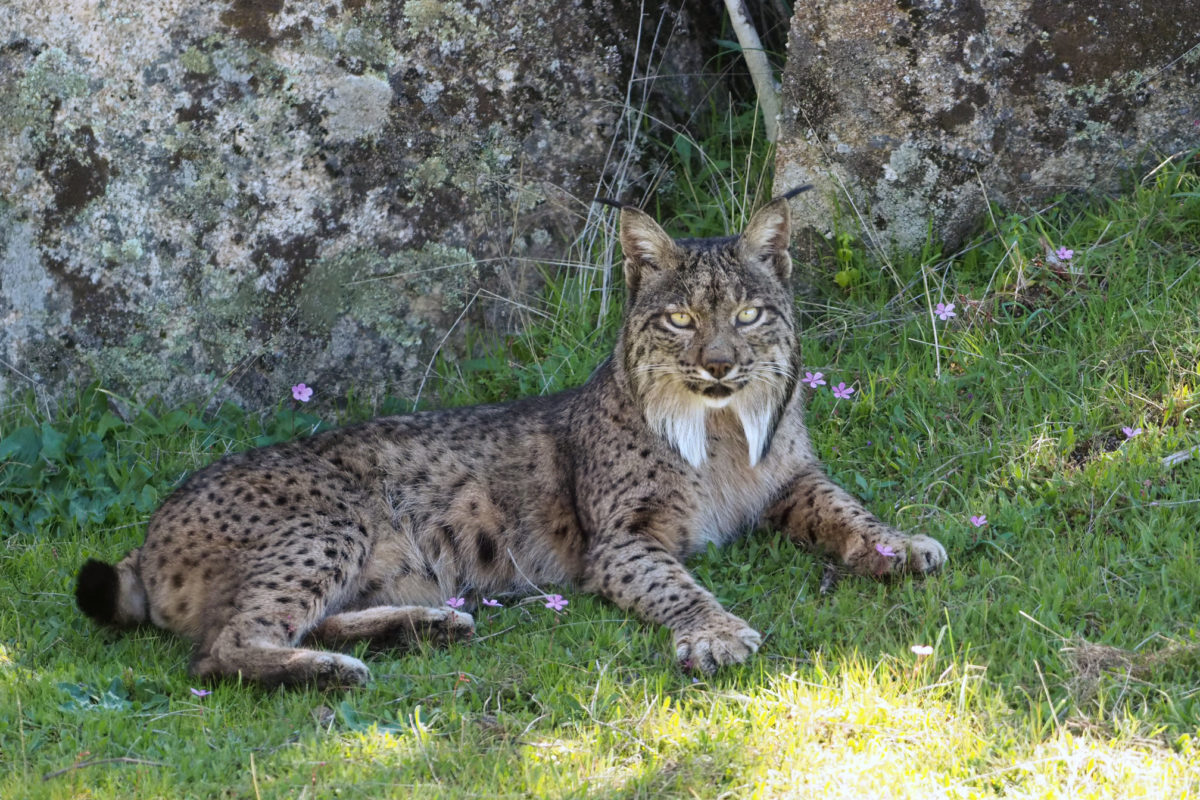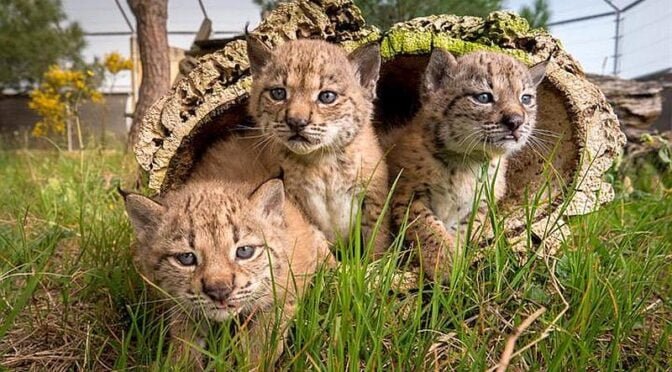In a world often barraged with grim news on the environmental front, the story of the Iberian lynx (Lynx pardinus) emerges as a beacon of hope, illustrating the power of dedicated conservation efforts. Once teetering on the brink of extinction, this enigmatic creature has astoundingly doubled its population over a mere span of three years, achieving an impressive milestone by reaching 2,021 individuals in 2023. This achievement is not just a number; it represents a significant turnaround for a species that was grappling with the imminent threat of disappearing forever.

A closer examination of the figures reveals a population composed of 1,299 adults or subadults alongside 722 cubs, showcasing a burgeoning population that is gradually gaining ground towards sustainable recovery. However, it's crucial to appreciate that despite these encouraging signs, the Iberian lynx is not out of the woods yet. The species remains at risk, with the current breeding female count standing at 406, notably short of the 750 needed to secure a favourable conservation status.
The Vital Role of Captive Breeding Centres
The resurgence of the Iberian lynx can be significantly attributed to the pivotal role played by captive breeding centres across Spain. Between 2011 and 2023, these centres have reintroduced 372 lynxes back into the wild, providing a critical boost to the species’ population numbers. These centres have not only aided in the recovery of the lynx but have also facilitated the expansion of their habitat. In the last year alone, reproduction was verified in 14 population centers, marking the presence of the lynx in new territories, including the Spanish region of Murcia and the provinces of Albacete, Badajoz, Toledo, and Ciudad Real.
The majority of the Iberian lynx population, 85% to be precise, resides in Spain, with the remainder found in Portugal. This distribution underscores a concentrated effort across these regions, particularly in Andalusia, Castilla-La Mancha, Extremadura, and Murcia, to revive the lynx’s numbers and ensure their continued survival.

A Journey from the Brink
The revival of the Iberian lynx is a narrative of resurgence. In 2002, the species was at a critical juncture with a mere 94 individuals remaining, primarily in Andalusia. The intervention through captive breeding programs, significantly supported by European investment, has been instrumental in altering the fate of the lynx. The species’ threat level adjustment in 2015 by the International Union for Conservation of Nature (IUCN) from "critically endangered" to "endangered" underscores the effectiveness of these conservation efforts.
Moreover, the lynx’s increasing population has led to sightings in closer proximity to human habitations, exemplified by an intriguing incident in late March when a rancher discovered four lynx cubs nestled within his haystack in Menasalbas, a municipality in Toledo.
Challenges Remain
Despite the positive trajectory, challenges linger. The aspiration to augment the number of breeding females necessitates the creation of additional territories for the lynx, pointing towards the need for sustained and focused conservation strategies.

Moreover, the conservation journey of the Iberian lynx is not immune to setbacks. The species still grapples with threats, notably from road accidents resulting in a significant number of fatalities and the shadow of poaching which continues to be a concern. The reliance of the lynx’s diet on rabbits, a population severely impacted by a deadly hemorrhagic disease, adds another layer of complexity to the conservation effort, indicating the intricate balance required to sustain this recovery.
The Path Forward
The comeback of the Iberian lynx is a testament to the resilience of nature when supported by committed conservation efforts. It highlights the intricate dance between human intervention and the natural predilections of a species fighting for its place in the ecosystem. As we forge ahead, the story of the lynx serves not only as a reminder of what has been achieved but also of the considerable journey that lies ahead. Maintaining this positive trajectory necessitates a continued commitment to habitat preservation, the mitigation of human-induced threats, and the fostering of environments where this magnificent creature can thrive.
The tale of the Iberian lynx is not just about numbers; it's a narrative woven with hope, resilience, and the relentless pursuit of a future where humans and wildlife coexist in harmony. It's a clarion call for environmental stewardship, urging us to heed the lessons learned and apply them across the global conservation canvas.